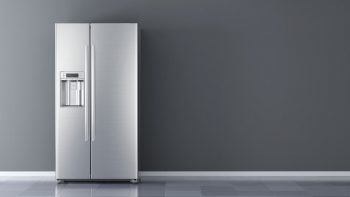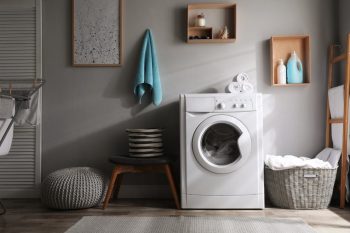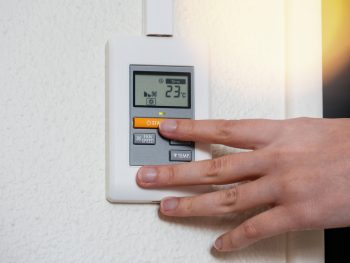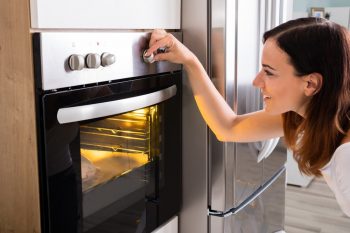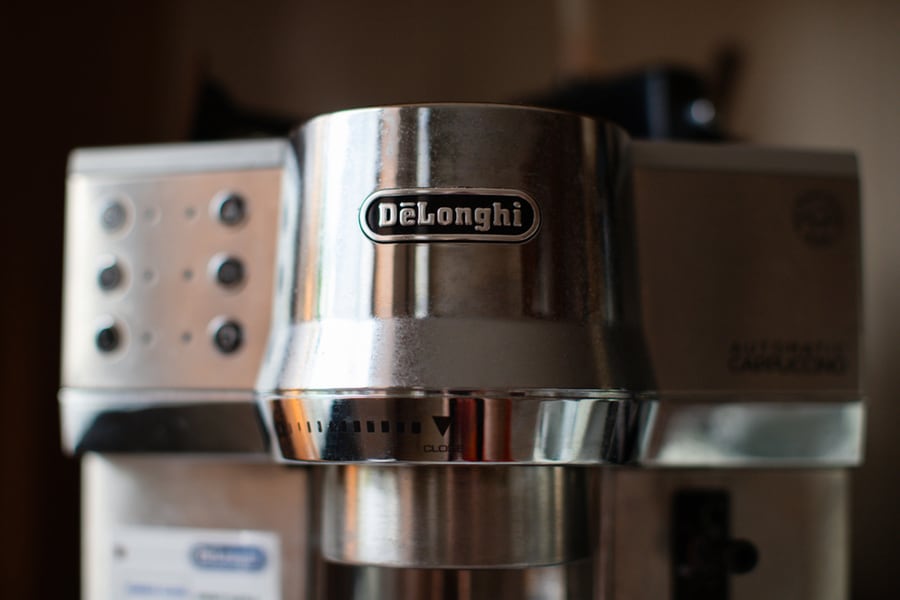
A DeLonghi espresso machine is handy for making a quick cup of coffee. However, waking up to find water dripping from your DeLonghi espresso machine can be annoying.
As with other coffee maker brands, there are various reasons a DeLonghi espresso machine may leak. This article will identify some of them, how to fix them, and simple ways to prevent their occurrence.
I was wondering why your DeLonghi coffee maker leaks.
Leakages in DeLonghi espresso machines can result from one or more of the following:
- A clogged spout.
- A bad gasket.
- A ruptured host.
- A cracked resistance.
- An issue with the steam nozzle, etc.
Below, we will discuss eight common causes of leakages in DeLonghi espresso machines and what to do when the leakage starts.
We will afterward answer some common queries about the maintenance of this coffee maker brand. Here we go.
Causes of Leakage in DeLonghi Espresso Machines
The DeLonghi espresso machine is one of the most famous choices for coffee drinkers. It is a coffee maker with features that make up a fantastic cup of coffee.
If a DeLonghi espresso machine suddenly starts leaking water or coffee, it is because of one or more of the following reasons:
1. An Unsecured Water Tank
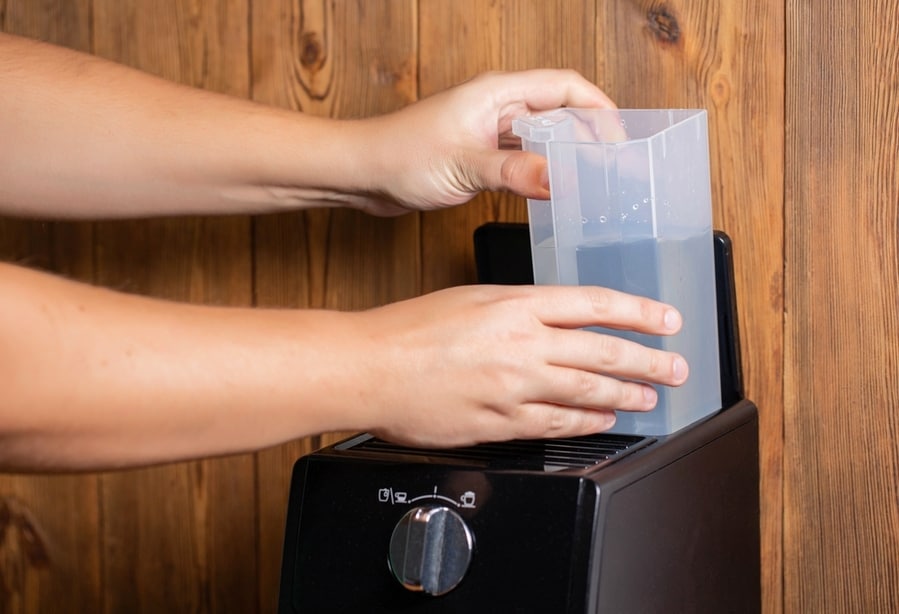
Whenever water leaks from your espresso machine, the first thing to consider is the tank holding the water. If your DeLonghi espresso machine’s water tank is not attached correctly, it can lead to leaks.
2. A Cracked Water Tray
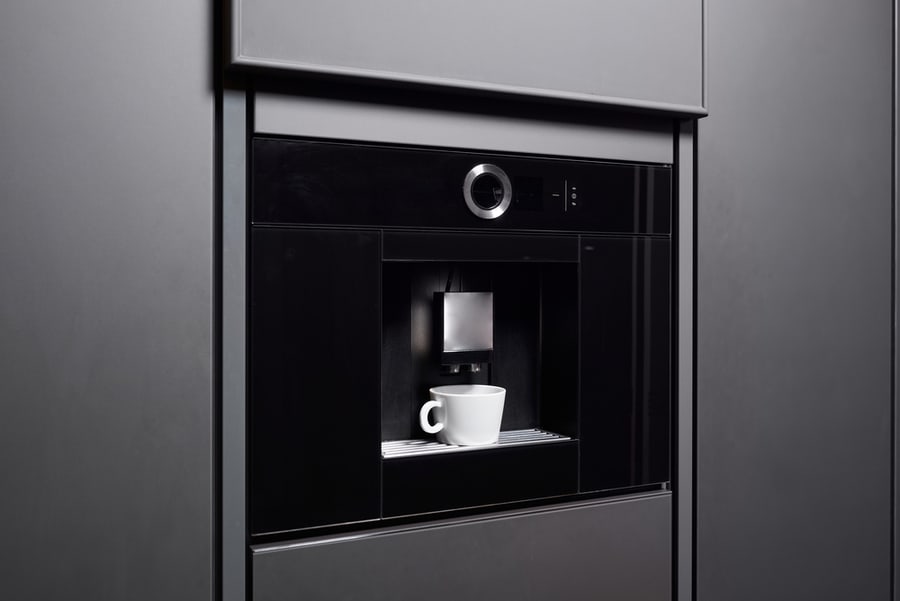
The water tray fills the coffee maker with water. Unfortunately, it is usually made of plastic and can easily crack, causing leakage.
Washing the water tray in a dishwasher damages it because the water tends to be hot. If that is the case, you must replace your DeLonghi espresso machine.
3. A Bad Gasket
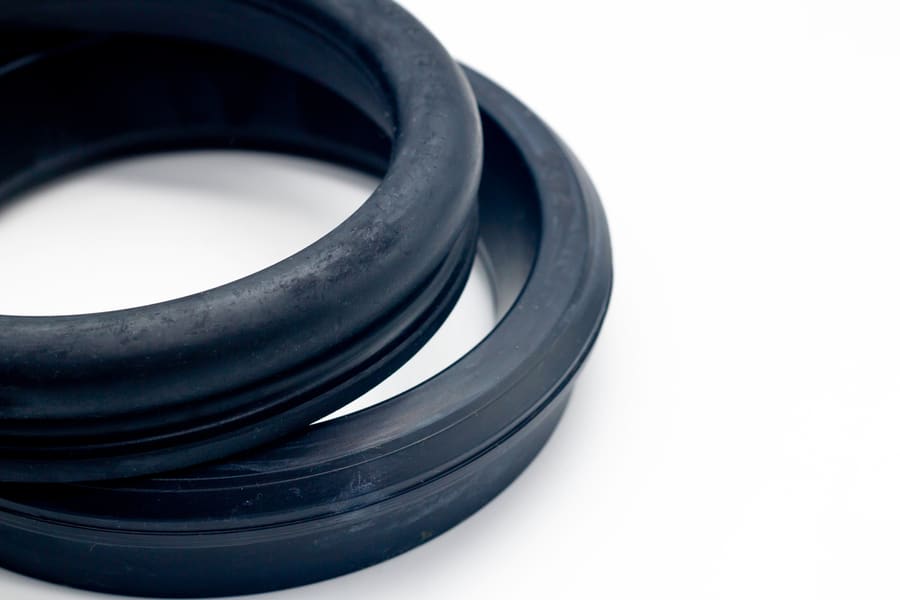
The gasket is a rubber-like ring that helps to seal the water tank tightly. Its size varies with that of the water tank. Over time, the gasket can get dry and develop cracks.
When this happens, the possibility of leakage, whether water or coffee, is high.
4. Presence of Limestone
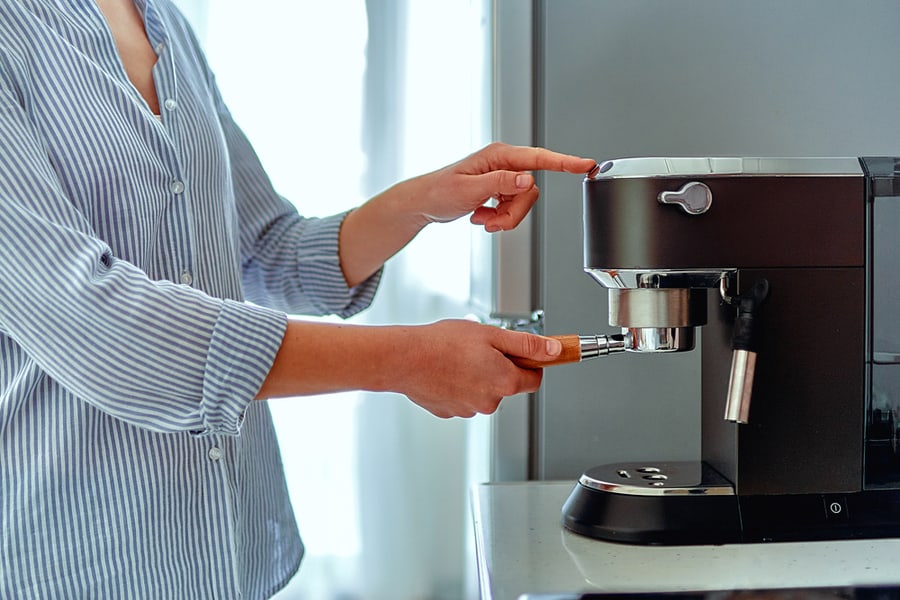
Limestone is another mineral that can damage and cause espresso machines to leak. The accumulation of limescale can cause leakage.
The pipes and nozzles become blocked if you do not constantly descale your DeLonghi espresso machine. Over time, this can cause your espresso machine to wear faster and begin to leak water.
5. A Clogged Spout
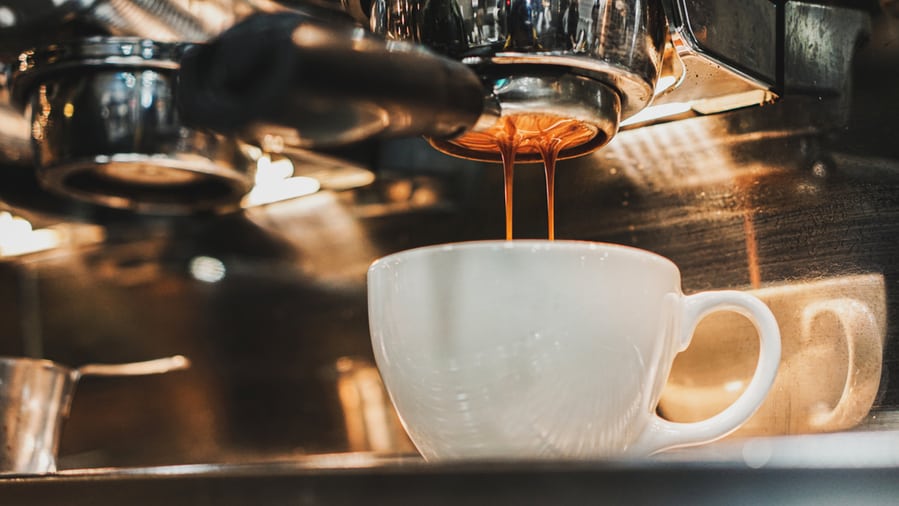
A clogged spout is one of the common causes of leakage in espresso machines, including the DeLonghi coffee maker. The spout is the tube or lip on the DeLonghi espresso machine through which coffee is poured.
If the spout is clogged, the coffee or water stored inside cannot find an outlet. Without an outlet, liquid flows back into the machine, causing leakage.
This problem is usually easily solved by descaling. However, you can manually intervene if that does not work.
6. A Ruptured Hose
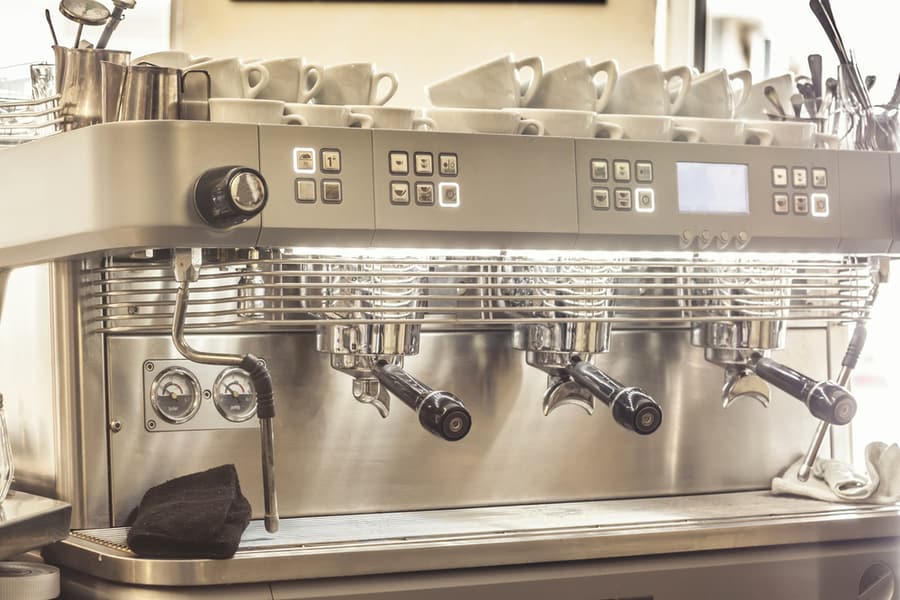
Most DeLonghi espresso coffee makers have a pump that can push water up to 18 bars. Unfortunately, hot liquid constantly passes through the hose, causing it to burst or leak after a while.
In other cases, limestone build-up obstructs the hose, obstructing free flow. In this case, regular descaling would quickly solve the problem.
However, if the hose is already damaged, it should be replaced.
7. A Cracked Resistance
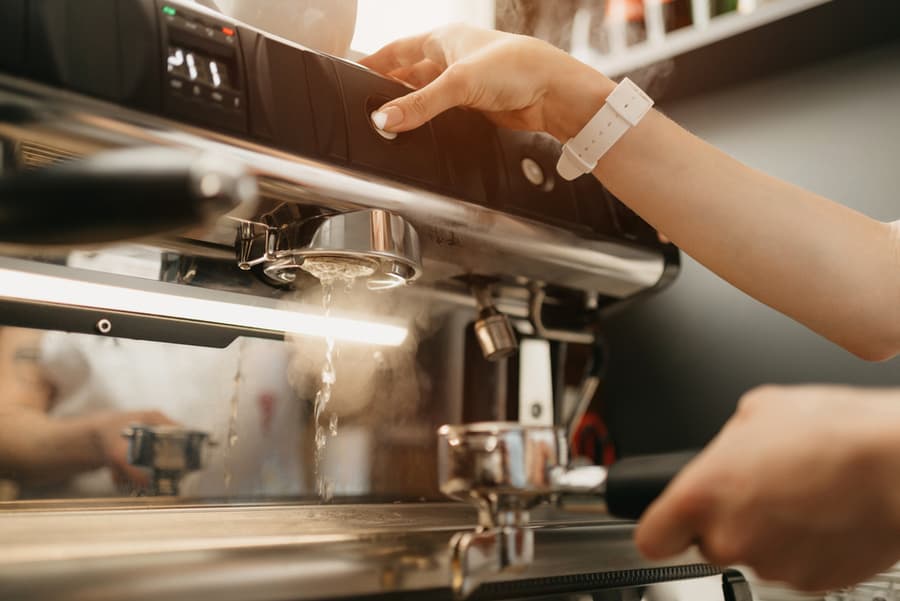
The resistance in a DeLonghi espresso machine is the part where water is stored before being heated. Some espresso machines have a second resistance to steam.
A crack can appear on the resistance because of limestone buildup, causing it to leak. That is why we keep emphasizing the need to descale your espresso machine.
Descaling your DeLonghi coffee maker will automatically prevent leakage problems when done correctly. In the case of a cracked resistance, the only remedy is to replace it.
8. An Issue With the Steam Nozzle

The steam nozzle enables the water stored in its chamber to turn to steam. But like other parts of the DeLonghi espresso machine, the steam nozzle can leak over time.
However, if you often descale to clean the valance and pipe completely, you will greatly reduce the chances of leakage.
How To Prevent Your DeLonghi Espresso Machine From Leaking

Descaling your espresso machine is the preferred way to prevent espresso machines from leaking. This process must be performed every six months or once a year. The amount of times to descale depends on how often you use the machine.
If, with frequent descaling, your espresso machine still leaks, you will have to uncouple the machine and carefully check every part of it. This process helps to verify that there are no significant problems, such as a broken seal or a cracked surface.
After verifying that every part is intact, but the machine still leaks, an electrical component likely developed an issue. If you are not a technician, you should contact one to diagnose the problem and proffer solutions.
That is a more advisable approach because attempting to fix a technical issue yourself could lead to a worse one. While hiring a technician is the smart thing to do, the service charges can be pretty pricey. In some cases, it might cost more than the price of the DeLonghi espresso machine.
Additionally, spare parts are more expensive than the ones on the machine. Adding artistry to the cost of purchasing the parts will significantly increase the repair cost.
Therefore, consider a better option, buying a new DeLonghi espresso machine or fixing your old one.
The following steps help in deciding what to do:
1. Check the “Max” Full Line
DeLonghi espresso machines have an indicator on the tank. If water is filled up to that line, it will leak.
To avoid this, ensure water doesn’t exceed this mark. In addition, always fill the water tank to an appropriate level.
2. Check the Water Tank
Next, check the bottom of your DeLonghi espresso coffee maker. Ensure it is correctly attached to the machine and that there are no cracks or leaks in the tank.
3. Check the Gasket Strength
The gasket helps to seal the water tank. When damaged, it can cause leaks. Remove the water tank and examine the rubber ring to inspect a leak to check the gasket strength.
If it is loose, then it is no longer a hundred percent effective and needs a replacement.
Compared to the major parts, gasket replacement can easily be obtained from DeLonghi or a home appliance store.
4. Check the Steam Stick
The steam stick stirs the content in espresso machines properly. However, water can leak from the machine if it is not secured correctly.
Suppose you checked and discovered the steam band is loose. That could be the cause of the leakage.
In that case, tighten it back in place with a suitable wrench.
5. Run a Filter Check
Using your DeLonghi espresso machine constantly can cause it to become clogged over time. This makes it difficult for water to get filtered, causing leaks in the appliance.
To unclog the filters and free up the holes, detach them from the machine. Next, soak in equal vinegar and water for 30 to 40 minutes.
Then, rinse it off with clean water and reattach the appliance.
What To Consider Before Changing Your DeLonghi Espresso Machine
When your espresso machine suddenly starts leaking, the first thought that crosses your mind is to fix or replace it immediately. This will especially be the case if you are a faithful coffee drinker.
Before walking to an appliance store to buy another DeLonghi espresso machine or order a new one online, below are some things to consider:
1. Evaluate the Coffee Maker’s State
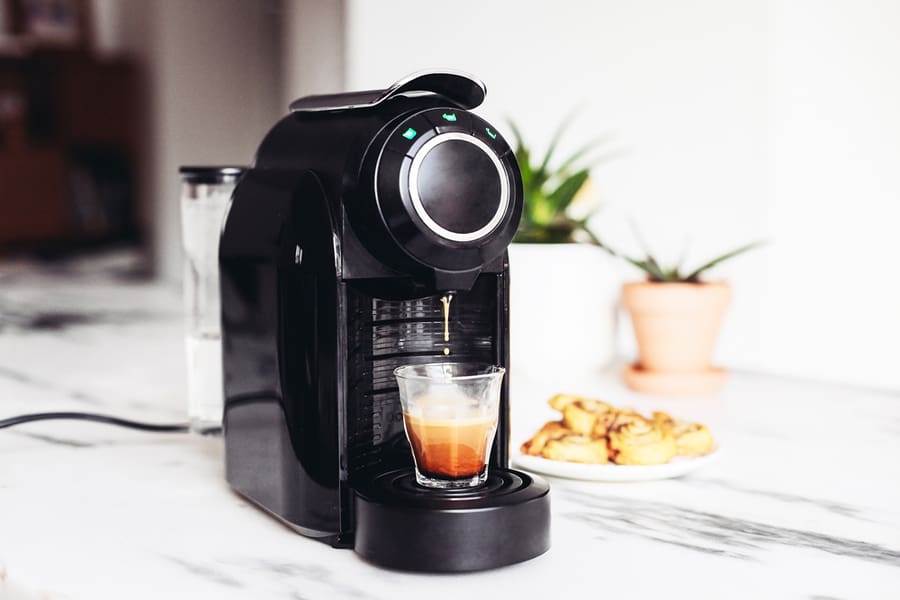
It is essential to consider the general condition of your coffee maker. First, we advise you to attempt a repair. Next, you attempt a new purchase. Finally, you can refer to the common culprits of coffee maker leaks to troubleshoot the root cause.
Once you identify the cause, it will be much easier to fix the problem. In addition, you can request the manufacturer’s assistance to fix the leak for a newly purchased coffee maker within the warranty period.
However, if it is an old model with an expired warranty period, you cannot request any assistance in case of a breakdown without attracting extra expenses.
2. Evaluate the Cost of Repair
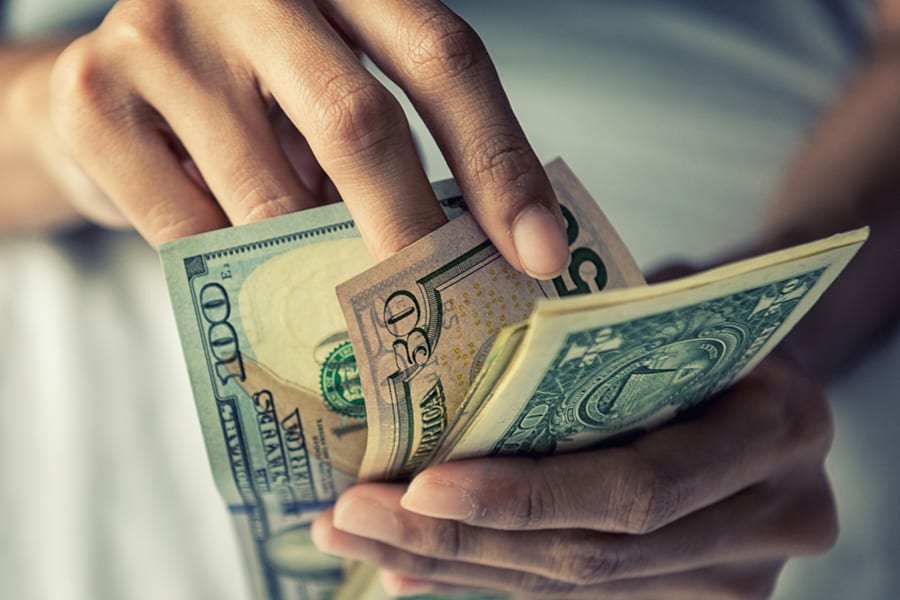
You will not need a technician if you can successfully uncouple and fix a replacement for the faulty piece. You can do this by watching helpful videos online.
However, it is essential to note that making repairs without experience can lead to irredeemable damages. You can consult a repair center to estimate the repair cost to avoid such an occurrence.
If affordable, you may pay to fix and continue using your old DeLonghi espresso machine.
How To Descale a DeLonghi Espresso Machine

If you want to keep your DeLonghi espresso machine working in top shape for a long time, you must descale it regularly.
As we said earlier, this can help prevent your coffee maker from clogging and leaking. But, unfortunately, the descaling process takes up to 20 to 30 minutes.
To descale a DeLonghi espresso machine, you can follow the following steps:
- First, take out the water tank from your DeLonghi espresso machine.
- Next, get a descaling solution or powder. Then, pour it inside your machine’s water tank.
- Put the water tank back into the machine and press the “on” button.
- Place a bowl or container underneath your espresso’s output.
- Find the DeLonghi manual for your espresso machine and follow the instructions to descale.
- When the descaling process is completed, please dispose of the water in the tank and replace it with fresh water.
- Click the “on” button again for a second round of descaling and run a clean water round.
- Finally, replace the water in the tank with fresh one.
Aside from keeping your espresso machine in top shape, descaling also improves the quality of your coffee.
Are DeLonghi Espresso Machines Worth Spending Money On?
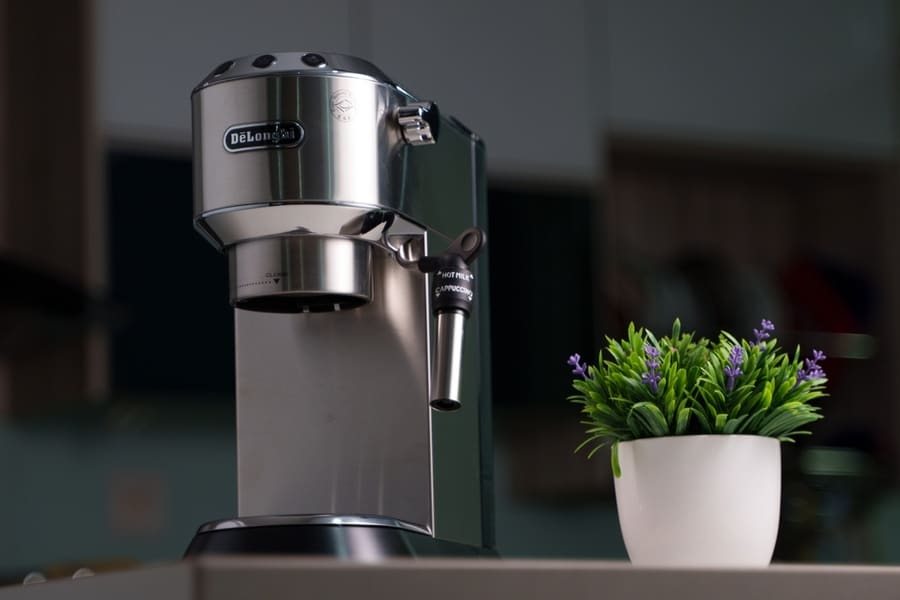
DeLonghi espresso makers are worth your bucks. They are an excellent addition to your household appliances.
The DeLonghi brand has built an enormous fan base over the years and is trusted. This is a result of the brand’s prioritization of customer satisfaction.
While it will be logical to rethink whether or not to spend money on some espresso machines, you can be sure to get value for every buck you spend on your DeLonghi espresso maker.
That said, consider that repairs are most appropriate for recently purchased appliances or those with minor faults.
Conclusion
Like any other espresso machine, a DeLonghi espresso machine will develop leaks. As discussed above, this might happen for several reasons.
DeLonghi espresso machines may leak if ground coffee clogs up or a part of the machine becomes faulty. Therefore, aside from descaling at least once in six months to prevent leakage, it is essential to clean your espresso maker often.
Frequent hot water rinsing also helps to prevent build-up that can lead to leakage.
Frequently Asked Questions
How Can I Fix a Leaking DeLonghi Espresso Machine?
The first step to fixing a leaking DeLonghi espresso machine is to troubleshoot the cause.
If the problem is a loose screw, you can tighten it. When the filter is clogged, you can easily solve the problem by cleaning it.
Suppose the leakage persists after these attempts. Then, you may need to contact DeLonghi customer service for assistance.
Can I Descale a DeLonghi Espresso Machine Using Vinegar?
Absolutely, yes. Descaling DeLonghi espresso machines with vinegar are possible.
Vinegar is an effective descaling agent that easily breaks down clogged-up coffee oils and similar components.
To use vinegar to descale, mix equal parts of vinegar and water. Process it inside the espresso machine like you would make coffee.
After that, rinse the water tank with clean water a few times to eliminate the vinegar taste.

